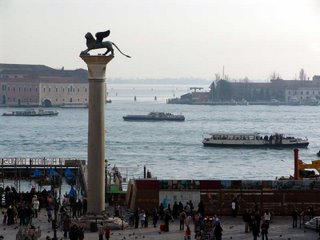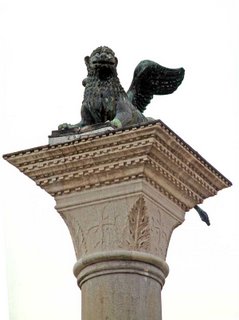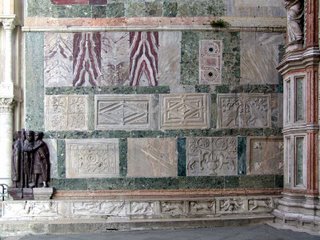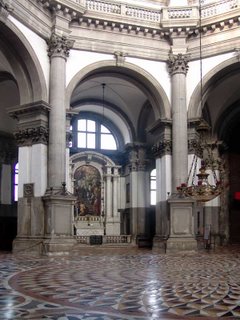98. Social climbing
 Since its earliest days, Venice was ruled by its aristocracy, by the members of the old established patrician families. In 1325, this was formalised by the creation of a Golden Book, Il Libro d'Oro, which documented the names and lineages of these ruling families. If your name was not in the book, you could never be elected Doge, nor could you even be part of the Great Council, an automatic right that belonged only to the 2000 or so members of the 134 aristocratic families.
Since its earliest days, Venice was ruled by its aristocracy, by the members of the old established patrician families. In 1325, this was formalised by the creation of a Golden Book, Il Libro d'Oro, which documented the names and lineages of these ruling families. If your name was not in the book, you could never be elected Doge, nor could you even be part of the Great Council, an automatic right that belonged only to the 2000 or so members of the 134 aristocratic families.This palazzo, now known as Ca' Rezzonico, was built by Filippo Bon, a member of one of those great and ancient families. In 1649 he engaged Baldessare Longhena, the same architect who built the great church of Santa Maria della Salute, and began to build this huge palazzo with a marble facade. Neither man saw the job finished. Longhena died in 1682 and soon after, the Bon family suffered a financial collapse and work stopped.
Because of a war with Turkey, the coffers of the city of Venice were also pretty well empty at this time, too, because it was possible then - for a very substantial donation, of course - to buy your way into the Golden Book, and suddenly leap to the top of Venetian society. This is what the very wealthy but nouveau-riche Rezzonico family did, and they also purchased the unfinished palace from the impoverished Bon family.
The Rezzonico family never managed to produce a Doge from among their ranks, but their newly acquired noble status was nevertheless real and their upward social journey was complete by 1758, when Ludovico Rezzonico married into the powerful Savorgnan family, and Carlo Rezzonico was elected Pope as Clement XIII.
The rise of the Rezzonicos was as spectacular as it was brief. The last member of the family died in 1810, leaving only this palazzo to carry their name into posterity. Their fine family home is now owned by the city of Venice and it houses a wonderful collection of 18th century Venetian artworks.






























